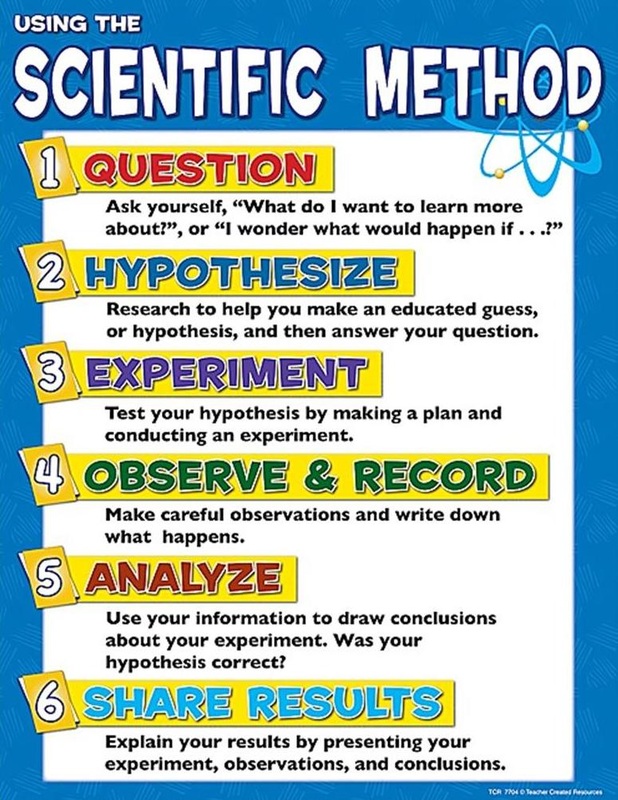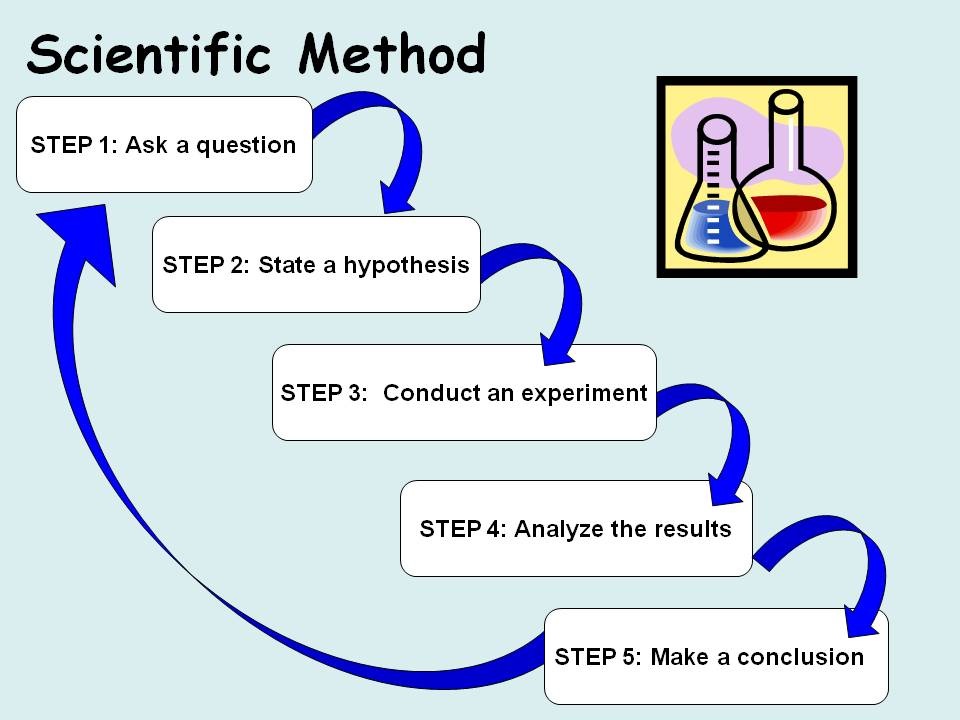

Repeated challenges to the theory are presented. Then numerous additional experiments test the theory using rigorous experimental methods. If the hypothesis is tested and confirmed often enough, the scientific community calls the hypothesis a theory. Other scientists not only may repeat the experiments but also may carry out additional experiments to challenge the findings. If the data from repeated experiments support the hypothesis, the scientist publishes the hypothesis and experimental data for other scientists to review and discuss. A valid conclusion must be based on the facts observed in the experiments. Data from the experiments are collected, recorded, and analyzed.Īfter analyzing the data, the scientist draws a conclusion. The scientist tests the hypothesis through experiments that include experimental and control groups. Next, a hypothesis is formed, meaning that the scientist proposes a possible solution to the question, realizing that the answer could be incorrect. Hypothesis, experimentation, and analysis

Here, the scientist conducts a literature review and interacts with other scientists to develop knowledge about the question at hand. The next step in the scientific method is to explore resources that may have information about that question or problem. Therefore, the scientist formulates a question or states a problem for investigation. In this stage, the scientist recognizes that something has happened and that it occurs repeatedly. The first step in the scientific method is stating a problem based on observation. The basic steps of the scientific method are stating a problem based on observations, developing a research question or questions, forming a hypothesis, experimenting to test the hypothesis, collecting information, recording and analyzing data, and forming a conclusion. The scientific method requires a systematic search for information by observation and experimentation. Sometimes the knowledge gained is useful in solving particular problems other times it is simply of interest without any practical application at the time. The steps of the scientific method make up an orderly way of gaining information about the biological world. Scientists have acquired biological knowledge through a process known as the scientific method.

Quiz Movement through the Plasma Membrane.


 0 kommentar(er)
0 kommentar(er)
